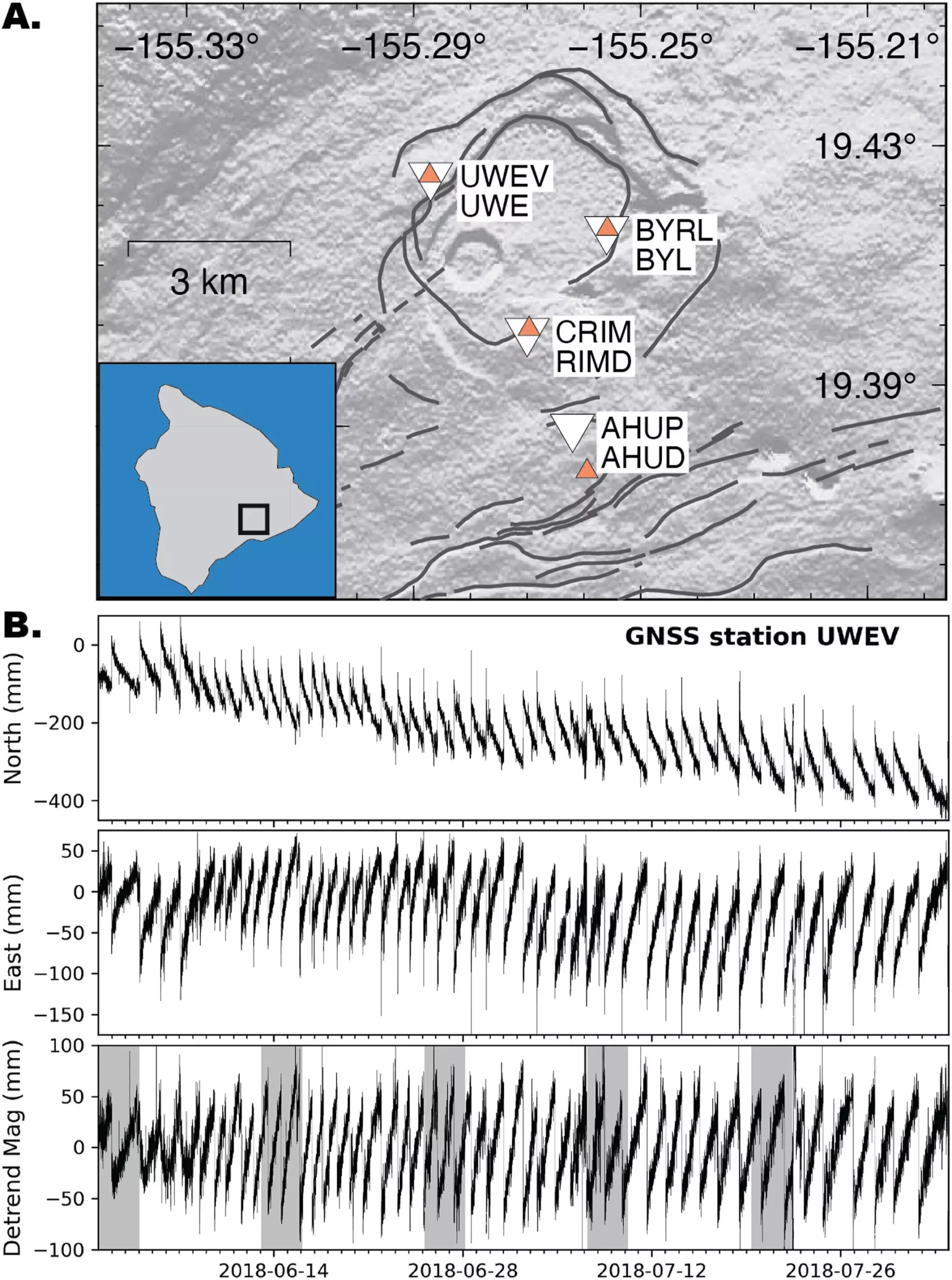Machine learning, a form of artificial intelligence, has been making waves in various industries. One recent breakthrough involves its application in earthquake prediction, as demonstrated by a team at Los Alamos National Laboratory. Through their research at the Kīlauea volcano in Hawaii, they have successfully used machine learning to detect hidden signals that precede earthquakes.
The team’s lead researcher, Christopher Johnson, led the effort to analyze seismic data recorded between June 1, 2018, and August 2, 2018, by the U.S. Geological Survey’s Hawaiian Volcano Observatory. By focusing on 30-second windows of data, the team identified hidden signals that appeared continuous prior to a detectable large ground movement. This breakthrough represents the first time such signals have been detected in a stick-slip fault, suggesting a major milestone in earthquake prediction.
The findings at Kīlauea volcano have broader implications beyond just that specific location. The team’s research suggests that some earthquake faults share similar physics, indicating that machine learning techniques could be used to assess earthquake hazards globally. By identifying patterns in continuous acoustic emission waveforms, researchers are gaining insights into fault properties such as displacement, friction, and thickness, ultimately leading to a better understanding of earthquake behavior.
One of the key takeaways from the research is the ability to predict the timing of fault failures. By analyzing the evolution of noise in continuous signals, researchers can determine where a fault is in its loading cycle, providing a sort of timeline to failure. This predictive capability has significant implications for early warning systems and disaster preparedness efforts, potentially saving lives and minimizing damage in earthquake-prone regions.
While the team’s research focused on the Kīlauea volcano, the implications of their findings extend to other seismogenic faults. By successfully applying machine learning to detect precursory signals in stick-slip faults, researchers are paving the way for more accurate earthquake prediction in various regions. This has the potential to revolutionize our approach to earthquake preparedness and response, ultimately improving overall resilience to seismic events.
Despite the significant progress made by the team at Los Alamos National Laboratory, challenges remain in the field of earthquake prediction. While machine learning shows great promise, predicting earthquakes with absolute certainty remains a complex and evolving task. Continued research and collaboration will be crucial in further refining predictive models and expanding their applicability to different fault types and regions. As our understanding of earthquake dynamics grows, so too will our ability to mitigate the impact of these natural disasters.
The use of machine learning in earthquake prediction represents a groundbreaking advancement in the field of seismology. By leveraging hidden signals in seismic data, researchers are gaining new insights into fault behavior and improving our ability to forecast earthquakes. While challenges remain, the work being done at Los Alamos National Laboratory serves as a testament to the power of technology in enhancing our understanding of natural phenomena.


Leave a Reply